

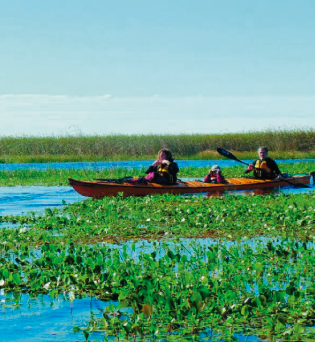
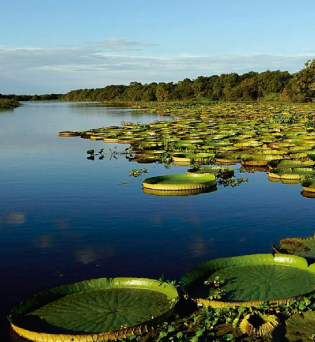

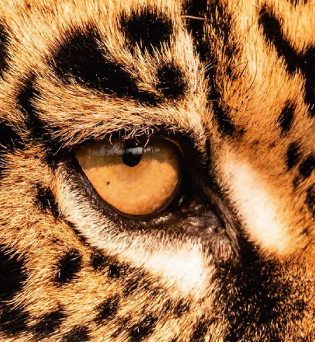


THE IBERÁ WETLANDS
Iberá, located in the heart of Corrientes, is a destination to visit all year round. It offers options for everyone’s taste and possibilities, for the naturalist observer, for the adventurer, or for anyone seeking to relax in comfortable accommodation.
The «typical» postcard of a visit to Iberá would be the water rides and the capybara and alligator watching. But Iberá is much more than that: with vast pastures for walks or car rides, with its music and food… it is a colorful, different and fascinating culture.
Different Routes and Tourist Portals were designed to allow visitors with different schedules and interests to experience the variety the Iberá wetlands have to offer.
The Crossing of the Wetlands
The eastern side of Iberá is high and undulating, ancient in its geological formation, mostly covered by forests (espinales to the south, changing to wet forests to the north), with huts built with firm pitchforks, traditional fences, and a rich neighborhood life.
The opposite side, which borders the Capital city, is hilly and sandy, prone to floods, with an open horizon and copper coloured grasslands and few inhabitants. The forests which grow isolated from one another, are called “islands”. They enhance the flower garden that gently sways with the movement of the water.
The Route of the Mariscadores
The Mariscadores (hunters of wetlands) were gatherers of hides and feathers who in the 1900s, driven by the strong demand for skins for European fashion, made a living by hunting within the marshes. They were “criollos” who adapted to living a nomadic life on a punting pole canoe, spending the nights on tiny islands where they would build their tiny huts “ranchadas” made of «piri» -a type of reed- and cook some strong meat stew. They could spend months going through the streams and ponds of the wetlands, setting traps or hunting with a “fija” (spear), with the aid of a small dog that would herd the capybaras into the water. The few women living this lifestyle would wait in those tiny islands and devote their time to housework and to look after small scale crops. There are still four or five of these families living deep in the wetlands, in an environment of capybaras, canoes and colonies of waterbirds or garzales, facing floods and harsh surroundings.


THE IBERÁ WETLANDS
Iberá, located in the heart of Corrientes, is a destination to visit all year round. It offers options for everyone’s taste and possibilities, for the naturalist observer, for the adventurer, or for anyone seeking to relax in comfortable accommodation.
The «typical» postcard of a visit to Iberá would be the water rides and the capybara and alligator watching. But Iberá is much more than that: with vast pastures for walks or car rides, with its music and food… it is a colorful, different and fascinating culture.
Different Routes and Tourist Portals were designed to allow visitors with different schedules and interests to experience the variety the Iberá wetlands have to offer.


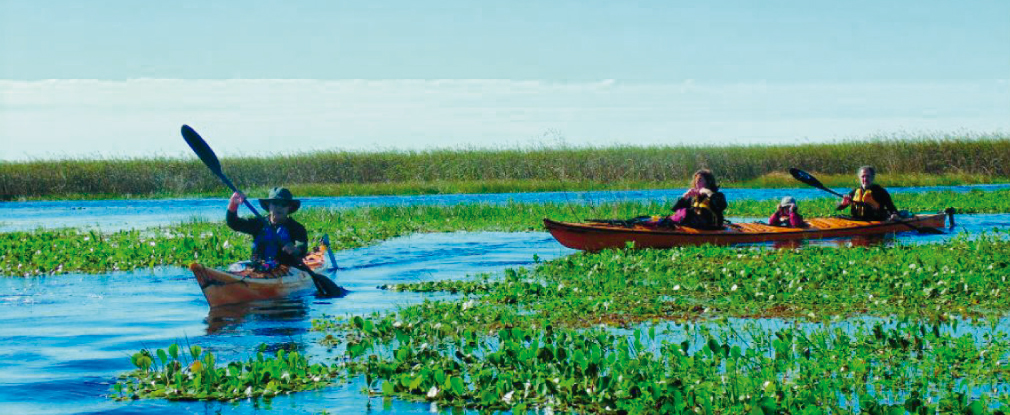


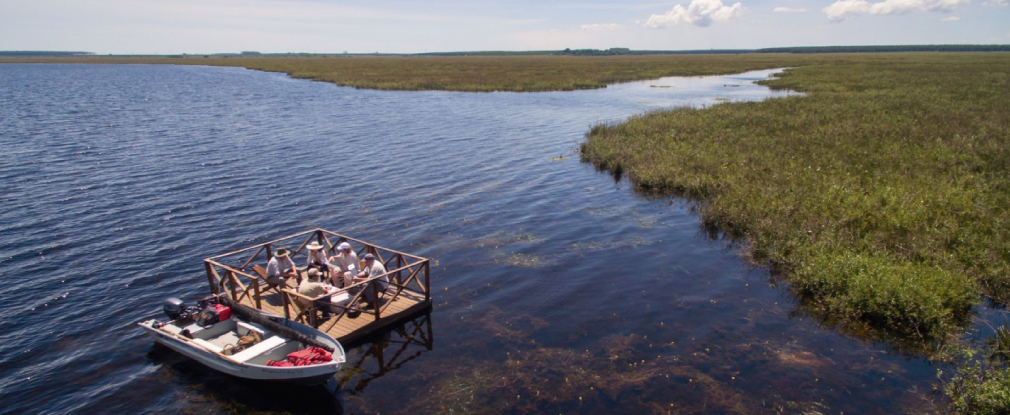


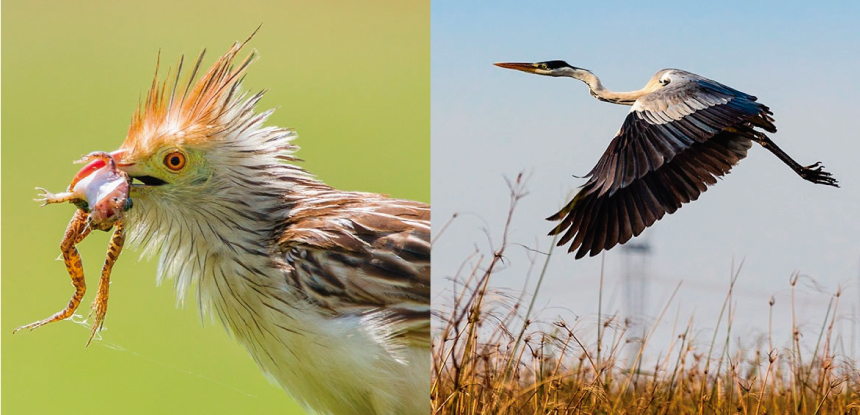

The Crossing of the Wetlands
The eastern side of Iberá is high and undulating, ancient in its geological formation, mostly covered by forests (espinales to the south, changing to wet forests to the north), with huts built with firm pitchforks, traditional fences, and a rich neighborhood life.
The opposite side, which borders the Capital city, is hilly and sandy, prone to floods, with an open horizon and copper coloured grasslands and few inhabitants. The forests which grow isolated from one another, are called “islands”. They enhance the flower garden that gently sways with the movement of the water.
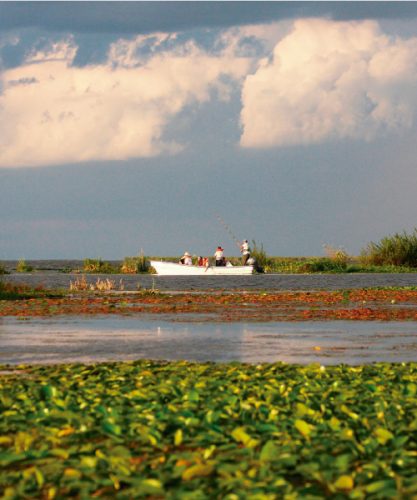
The Route of the Mariscadores
The Mariscadores (hunters of wetlands) were gatherers of hides and feathers who in the 1900s, driven by the strong demand for skins for European fashion, made a living by hunting within the marshes. They were “criollos” who adapted to living a nomadic life on a punting pole canoe, spending the nights on tiny islands where they would build their tiny huts “ranchadas” made of «piri» -a type of reed- and cook some strong meat stew. They could spend months going through the streams and ponds of the wetlands, setting traps or hunting with a “fija” (spear), with the aid of a small dog that would herd the capybaras into the water. The few women living this lifestyle would wait in those tiny islands and devote their time to housework and to look after small scale crops. There are still four or five of these families living deep in the wetlands, in an environment of capybaras, canoes and colonies of waterbirds or garzales, facing floods and harsh surroundings.
![image001[90] image001[90]](https://duveltravelincoming.com/wp-content/uploads/elementor/thumbs/image00190-p4ld85o17n8wdtbh60xpbl3mqywizmtno5phq780c0.png)
![image001[90] image001[90]](https://duveltravelincoming.com/wp-content/uploads/elementor/thumbs/image00190-p4ld85o0q3qbqm1zegl8h5kac17vixjdbfvf9n14bk.png)
